About the scrum template collection
Scrum can sometimes feel like a whirlwind—sprints, standups, backlogs, oh my! Whether you're brand new to agile or an experienced pro, one thing is certain: organizing your team's work is critical to success. That's where Miro's scrum template collection comes in. Our templates help your agile team stay on track, adapt to changes quickly, and improve collaboration—whether you're working together in real-time or asynchronously.
But this is more than just a collection of templates. It's an innovation workspace where agile teams can bring their Scrum process to life with the flexibility, clarity, and ease that Miro is known for. If you're ready to take your Scrum practices to the next level, you're in the right place. Let's dive into why our scrum templates could become your team's new best friend.
Why you'll love our scrum examples
Scrum is built around three key pillars—transparency, inspection, and adaptation—and our scrum examples support every step of that process. Miro helps you create transparency with easily accessible boards that can be viewed, shared, and updated from anywhere. Your team can inspect their work at regular intervals (like daily standups) using our intuitive, visual scrum templates. And when it's time to adapt, switching gears is a breeze with Miro's real time or async collaboration tools.
Scrum teams, whether you're a product owner, scrum master, or developers, need tools that support these dynamic roles without slowing down the flow of work. With Miro's scrum templates, you'll be able to structure your workflow visually and manage sprints with clear ownership and responsibilities. From visualizing the backlog to tracking story points or mapping dependencies, Miro's templates are here to make sure nothing slips through the cracks.
Spotlight on two templates you'll want to start using today:
Agile board: Perfect for breaking down large projects into smaller tasks and keeping everyone aligned on priorities, progress, and what's coming next. Whether you're using Kanban or Scrum, this visual board makes it easy to drag and drop tasks across categories and track what's being worked on.
Daily standup: Standups are the heartbeat of Agile. With Miro's daily standup template, you can effortlessly track what was done yesterday, what's being tackled today, and what blockers are in the way. It's simple, efficient, and helps keep the entire team aligned—whether you're in the same room or distributed across the globe.
How to use the scrum templates in Miro
Miro's scrum templates make it easy for teams to collaborate, plan, and adapt. Follow these simple steps to integrate them into your workflow:
Step 1: Set up your agile board template
Start by choosing the agile board template. Add tasks from your backlog, assign story points, and track progress visually. With dependency mapping, you can spot blockers early. Miro's real-time collaboration ensures everyone stays updated, no matter where they are.
Step 2: Plan capacity and assign tasks
Use capacity planning to track your team's workload, ensuring no one is overbooked. Drag and drop tasks to assign them, and integrate with tools like Jira, Azure DevOps, or Asana to sync everything automatically.
Step 3: Run your daily scrum meetings
Switch to the daily standup template for quick, organized updates. Team members can log their progress, and Miro's async features allow everyone to contribute in their own time. For retrospectives, use private mode for anonymous feedback.
Step 4: Review and adapt
Miro supports inspection and adaptation with tools like Miro AI to summarize insights from retrospectives. Adjust your workflows, refine your dependency maps, and track improvements over time.
Tips on how to run your daily scrum
Running an effective daily scrum is key to keeping your team aligned and productive. Here are some tips to make the most out of your daily stand-ups:
1. Keep it short and focused: Aim for a 15-minute meeting. Each team member should briefly cover what they did yesterday, what they plan to do today, and any blockers they are facing.
2. Use a visual aid: Build an organized scrum board to visualize tasks and progress. This helps keep everyone on the same page and makes it easier to identify bottlenecks.
3. Encourage participation: Make sure everyone has a chance to speak. This fosters a sense of ownership and accountability within the team.
4. Address blockers immediately: If a team member mentions a blocker, address it right after the meeting. This ensures that issues are resolved quickly and do not hinder progress.
5. Rotate the facilitator: Change the person leading the scrum regularly. This keeps the meetings fresh and gives everyone a chance to develop their facilitation skills.
For more scrum examples and templates to streamline your daily stand-ups, check out our extensive template library.
Ready to explore Miro's scrum template collection?
Miro's scrum template collection is more than just a set of templates—it's a powerful toolkit designed to support agile teams of all shapes and sizes. Whether you're running your daily scrum meeting or mapping out your next sprint, these tools can help your team work more efficiently, stay aligned, and adapt as needed.
Ready to bring more clarity and collaboration to your Scrum practices? Explore our free scrum templates and see how they can transform the way your team works. With Miro, you'll have everything you need to run your agile process smoothly—from sprint planning to retrospectives.












